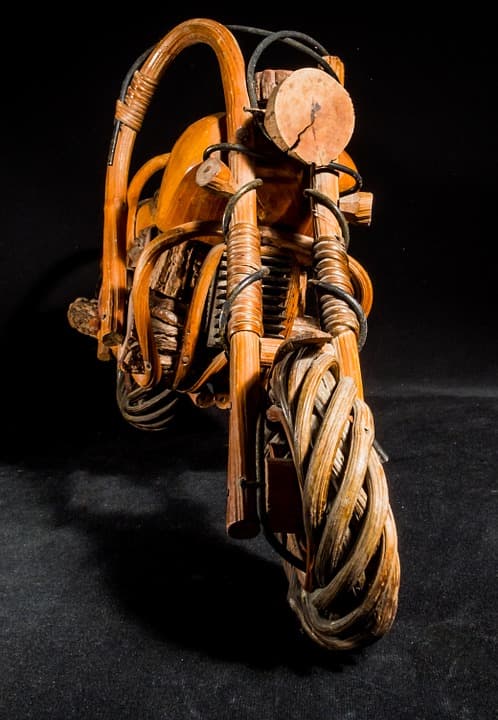6 Important Points To Think About Before Climbing Kilimanjaro
Why Climb Kilimanjaro? Mount Kilimanjaro isn’t just the tallest mountain in Africa but is also one of the so-called Seven Summits that fortunately requires no technical climbing skills. This is why thousands of hikers come from all over the world every year to earn the right to brag about stepping foot on the Roof of Africa!
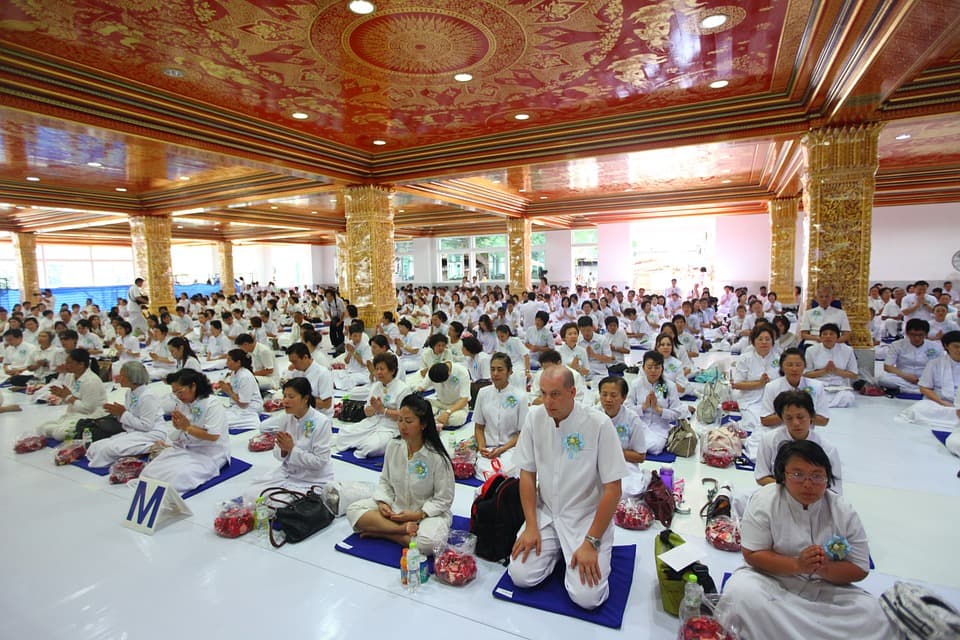
Which Route to Take
Most Popular Routes for Epic Scenery
There are seven main routes on Kilimanjaro, with an eighth route, Mweka, used for descent only. There is no the best route to take, as climbers have succeeded and failed on every one of them. So it’s a good idea to pick a route according to your preference and skill.
When to go
Routes with Lesser Crowds
The Machame route is the most popular, accommodating roughly 45% of all Kili climbers. It approaches from the south and allows hikers to descend on the same trail. This route is difficult but very scenic.
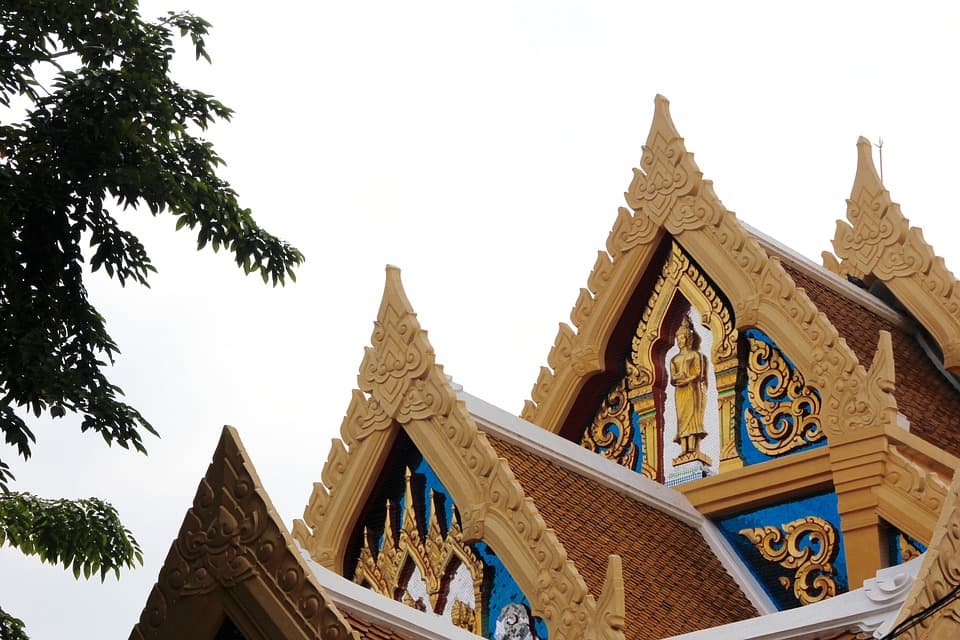
How much will it cost?
A Longer Route with a Higher Success Rate
The second most popular route is the Marangu route, which is also very scenic, contains gentle gradients and is the only trail that offers hut accommodation (as opposed to camping in tents).
Do you need a guide?
Slightly Riskier Routes
Both routes are great and have a relatively low acclimatization profile because they give climbers the opportunity to ‘climb high and sleep low’.
How to train for Kilimanjaro climb
Author Bio:
The downside is that they can get very busy, and if you are after a more remote experience have a look at the less popular routes below.
What gear to buy and what to rent
The Rongai route is the only route that approaches from the north and is a great alternative to Marangu. It offers easy gradients, a beautiful alpine desert section and has a fair acclimatization profile.
Both, Rongai and the Lemosho routes are less frequented and their starting points are relatively remote, making them ideal for climbers who want an experience of wilderness.
Lemosho is a difficult route but is excellent for acclimatization. It offers climbers the opportunity to hike across one of the largest, high altitude plateau in the world, the Shira Plateau.
The longest and quietest Kilimanjaro route is the Northern Circuit, which has the best acclimatization profile and the highest summit success rate.
It departs from the same point as Lemosho and covers 98 kilometres – a good 25 kilometres more than any of the other routes.
The above are the recommended routes. The remaining ascending routes include the Shira route (which is not recommended due to its high starting point), the Umbwe route (which can be taken by experienced trekkers aware of acclimatisation issues) and the Western Breach route (which is only recommended for experienced and daring climbers).
Around March, Kilimanjaro is hit with a south-east trade wind traveling over the Indian Ocean and bringing lots of moisture. The winds are forced upwards, where they condense and form clouds and precipitation, making the time between March and May the wettest season. Because of this, the best months to climb Kilimanjaro are January to March and June to October.
The perk of trekking in the January-March season is that the slopes are quieter, as the June-October season coincides with the European and North American summer holidays, attracting real crowds to the mountain.
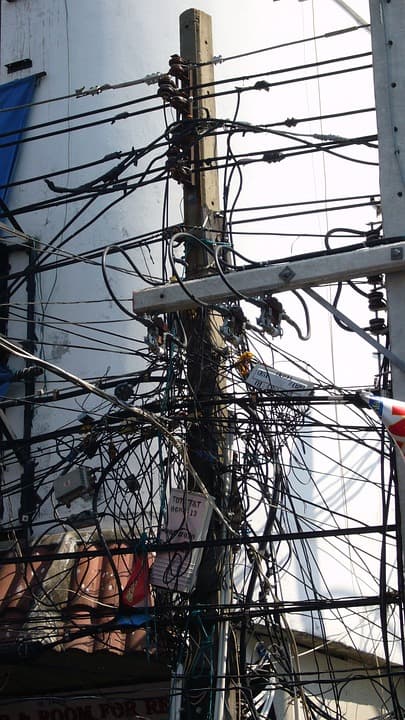
However, January-March is usually colder and there is a higher chance of encountering snow, so be prepared and check with your tour operator if you need to bring any snow-related gear or equipment.
If you are only able to trek between April and May, it is recommended to take the Rongai route, as the Northern side of the mountain is generally drier during this time of the year.
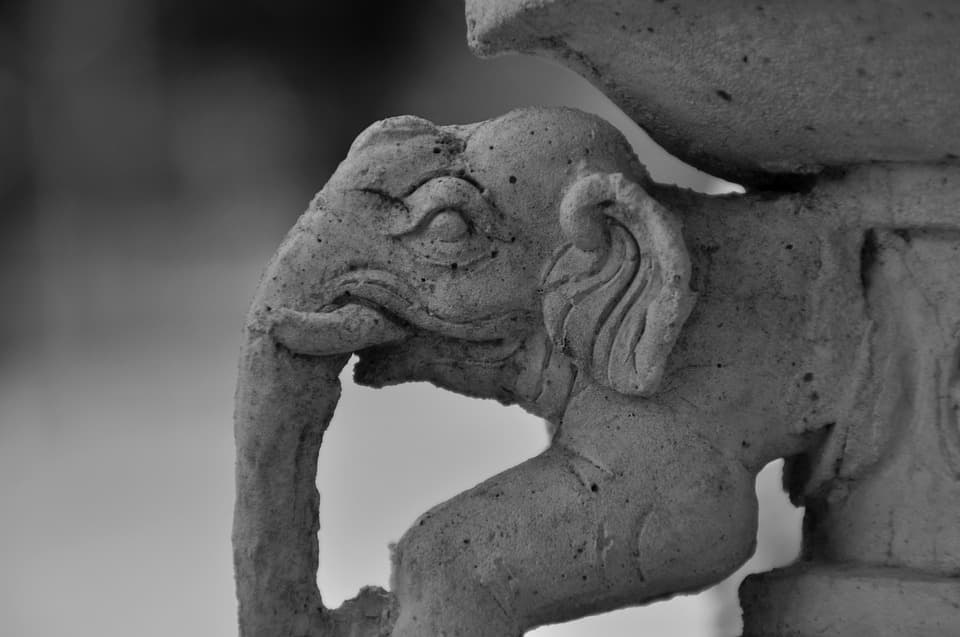
The following things are the budget considerations you should make in preparation for your adventure:
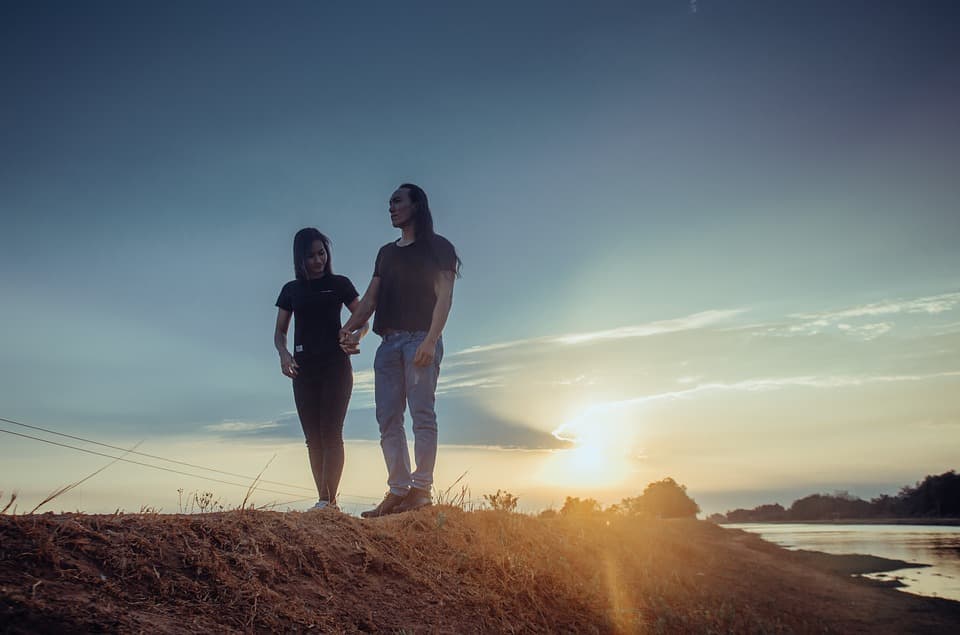
In total, try to budget about $5,000 for a comfortable and safe adventure.
In short, absolutely. The Tanzanian government and Kilimanjaro National Park Authority banned unsupported treks in 1991, and now regulations require all hiking groups to be accompanied by a registered and licensed guide, who as mentioned in the section above pay a hefty fee to take you up the mountain (approx. $1,000 per trekker).
Due to skewed statistics, it is hard to say which operator has the highest summit success rate. However, what you can do to increase your chance of reaching the summit is to find an operator that offers a slow, gradual ascent.
Summiting Kilimanjaro requires physical as well as mental strength.
The best way to strengthen your body in preparation for Kili adventure is through aerobic training (cardio). Go for light to moderate intensity activities, such as jogging, cycling, and swimming – combined with strength training, focusing particularly for the legs and core.
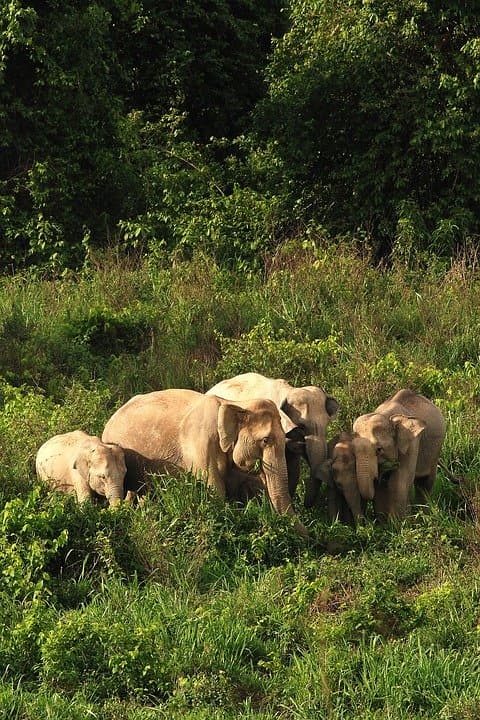
You should also hike regularly to get used to long walks, and ideally finish at least two long-distance hikes before you try to conquer Kilimanjaro with your daypack. Practising longs hike will also help you understand you what to expect on the mountain.
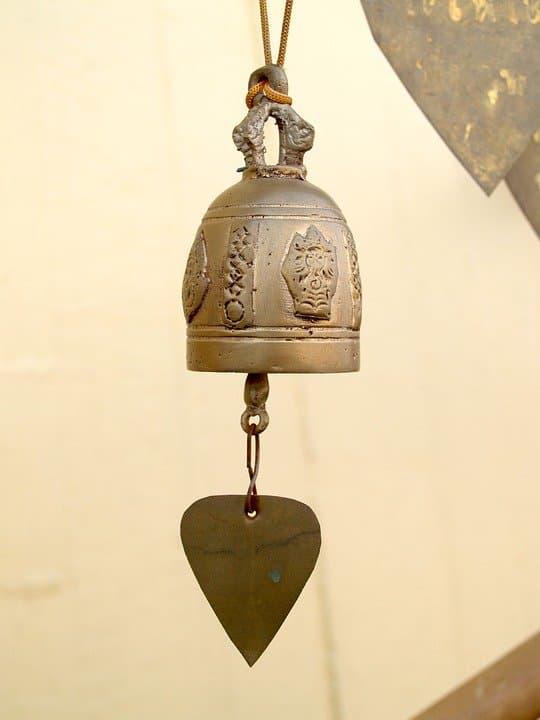
Take some time to learn about acclimatisation and altitude, too, to up your chance of successfully summiting.
Usually, your tour company will be able to kit you out completely, but they are more likely to overcharge for bigger gear. We advise that you definitely bring your own bags and daypacks and to pack your own clothes, headgear (beanies, sun hat, headlamp, sunglasses), gloves, toiletries, sleeping bag, technology, medication and other bits and bobs (like Ziploc bags to keep things dry and energy bars).
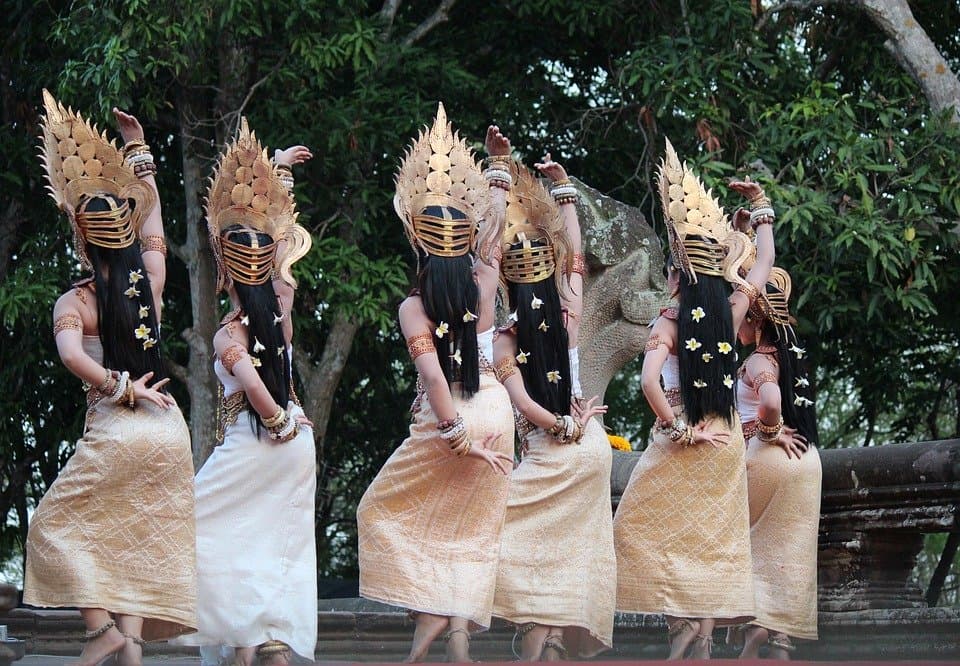
It is also ideal to pack your own insulation gear (including a sleeping mat, insulating clothes, and a bag cover), trekking gear and boots, as the more personalised and well-fitting these items are the better.
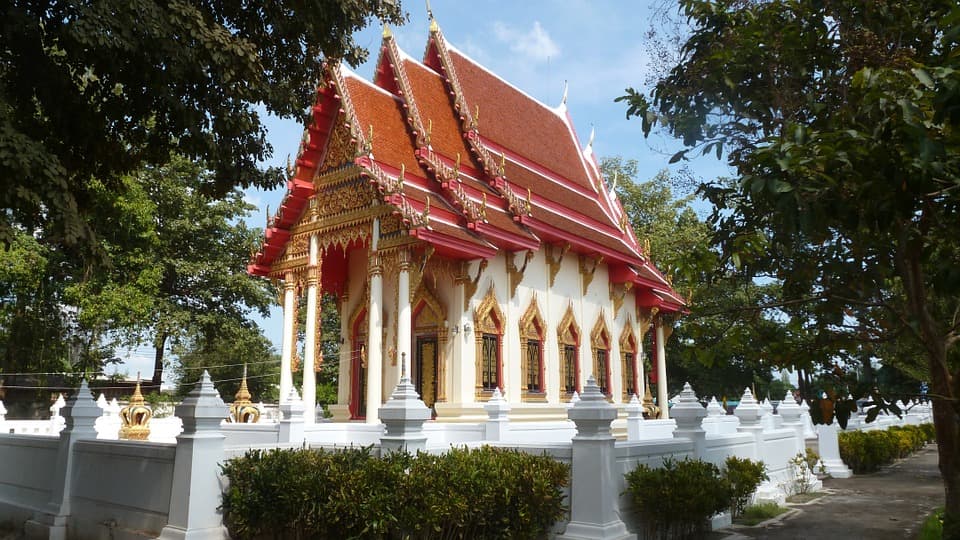
If you’re not certain of what kinds of stuff to buy let. It is better to get a tour guide to securely set you up than to arrive, using paid an arm and a leg, for your equipment.
